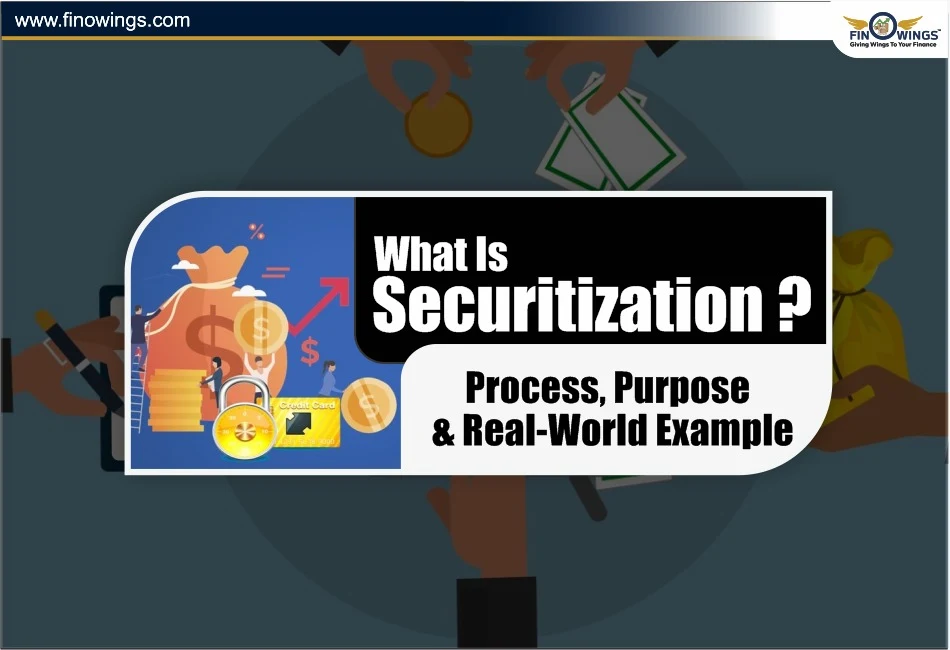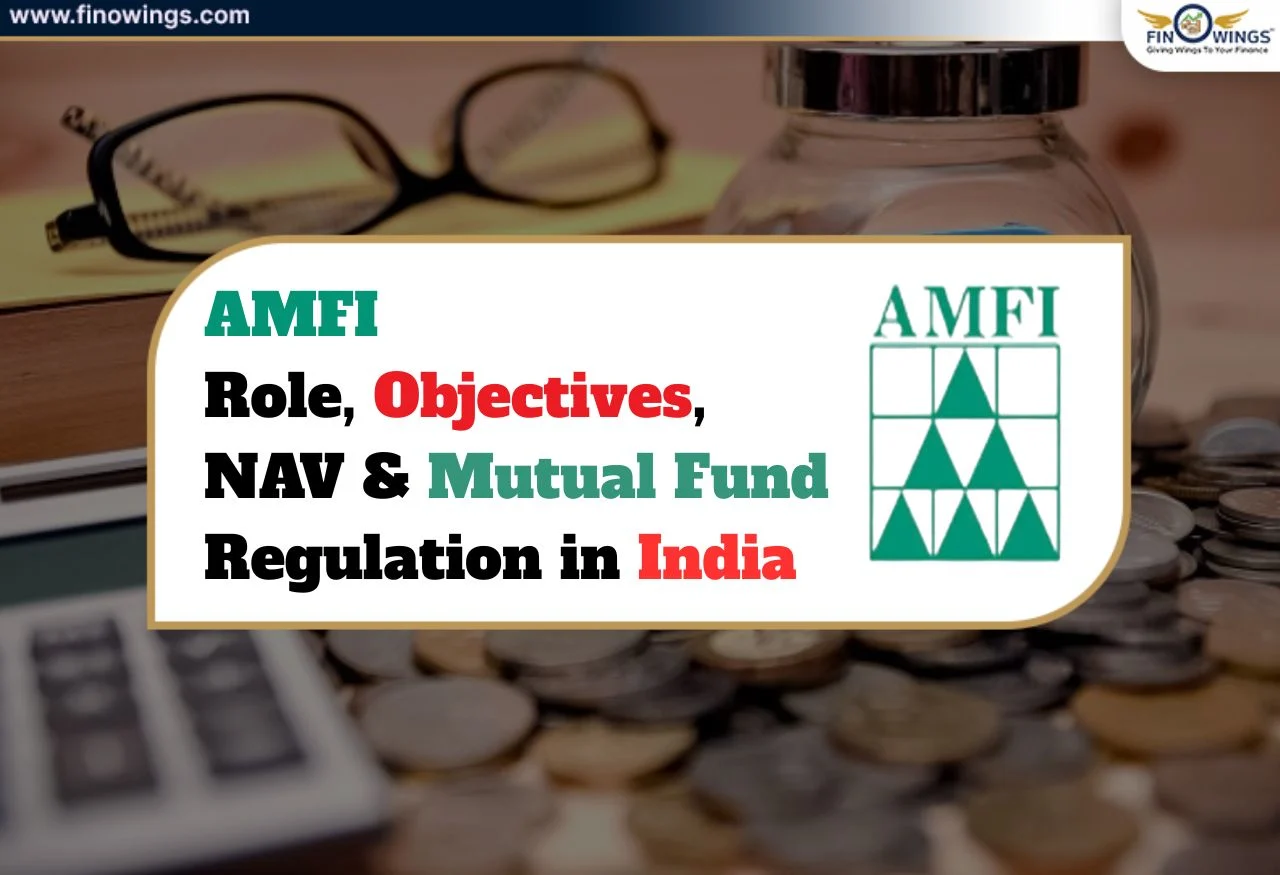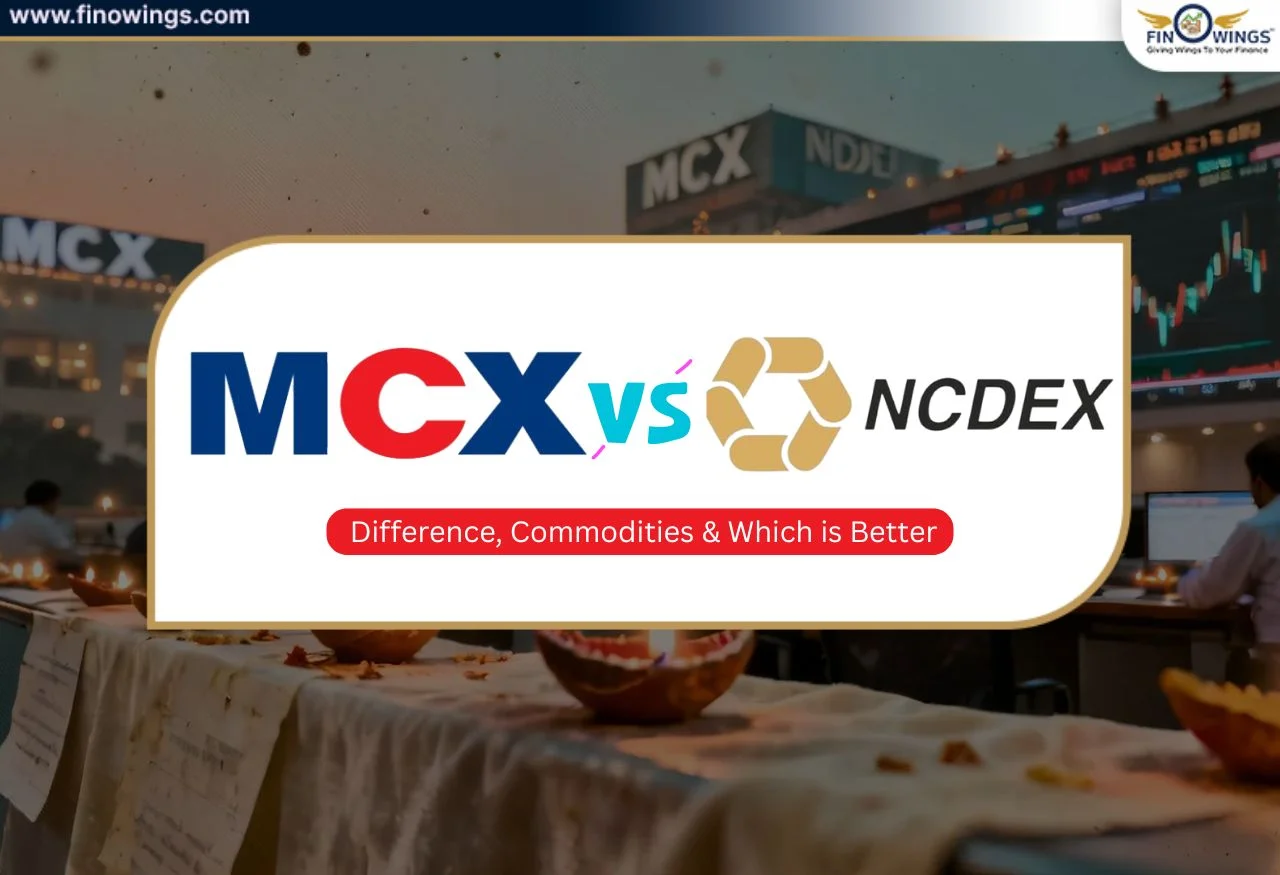Home >> Blog >> What Is Securitization? Process, Purpose & Real-World Example
What Is Securitization? Process, Purpose & Real-World Example

Table of Contents
Securitization is one of the major concepts of modern finance that allows transforming illiquid assets such as loans into tradable securities that are liquid. In order to understand the way in which banks raise capital, risks management, and liquidity creation, it is vital that students, investors, and finance enthusiasts be familiar with what securitization entails.
In this article you will learn the asset securitization definition, and how its process, purpose, and risks. Finally, we will look at a real-world example of securitization.
What Is Securitization?
A group of illiquid assets, such as loans, receivables, or mortgages, are combined and offered to investors as securities through the financial process of securitization. To put it simply, banks and other financial institutions can convert loans they have bought to keep on their balance sheets into marketable securities that can then be sold on the financial market.
Securitization Example:
If a bank has several home loans, it can bundle them together and issue securities that are backed by those loans. Investors that purchase these securities are entitled to payments that are made by home loan borrowers.
Asset Securitization Definition
To define asset securitization as an example:
"It's when a company combines financial assets (for example, mortgages, car loans, or credit card receivables) and sells their cash inflow to third parties (investors) through a financial instrument known as a security."
In simpler terms, asset securitization converts assets that cannot be easily sold (illiquid) to assets that a lender can easily sell (liquid) and recycle more funds for lending.
Debt Securitization Definition
Debt securitization or debt securitization refers to more specific things. It refers specifically to collecting various types of debt (for example, housing or auto loans, or company debt) that each could be a security on its own and forming a collective security.
The debt securitization can be referred to as "the creation of a security to which a pool of debt obligations is sold to investors and the company raises money."
In other words, the lender's funds are locked until the loan is paid. Securitization is a tool used to free these locked funds.
How Securitization Works: The Process
Usually, these steps on securitization can be summarized in five main steps.
1. Asset Creation
Loans are offered by banks and other financial organizations. For instance, they provide personal loans, auto loans, and home loans. Loans become financial assets when a borrower repays them with interest.
2. Pooling of Assets
When a lender has a large enough portfolio of similar loans, they can combine or "pool" these loans together. Pooling reduces risk because no borrower has a significant influence on repayment.
3. Developing a Special Purpose Vehicle (SPV)
A Special Purpose Vehicle, a distinct legal entity intended to isolate financial risk, may receive pooled assets. Issuing securities backed by pooled financial assets is the responsibility of SPVs.
4. Securities Issuance
Investors such as mutual funds, insurance companies and pension funds purchase Asset-Backed Securities or Mortgage-Backed Securities from SPVs, depending on the kind of loan.
5. Servicing and Payment
The loan payment collection continues to be the responsibility of the original lender or a servicing company. These payments are passed through the SPV to the investors as interest and principal repayments.
Purpose of Securitization
The benefits and objectives of securitization encompass the following:
1. Liquidity Generation
Banks rapidly transform illiquid loans to liquid cash, which can be used again.
2. Risk Transfer
Loan-backed securities allow lenders to shift credit risk to investors.
3. Better Capital Management
Securitization aids banks in meeting capital requirements (Basel III) by reducing balance sheet exposure.
4. Investor Diversification
New, high-yielding asset classes can be made available to investors like pools of housing loans and auto loans.
5. Increased Market Efficiency
With securitization, the capital markets increase and now have more instruments available for trade and investment.
Types of Securitisation
Securitisation includes the following broad classifications:-
|
Type |
Description |
|
Loan Securitization |
Conversion of loans (home loans, auto loans, etc.) into securities. |
|
Asset Securitization |
Pooling any income-generating asset - such as leases or receivables - into tradeable securities. |
|
Mortgage-Backed Securities |
Securities that are expressly secured by mortgage loans for homes or businesses. |
|
Collateralized Debt Obligations |
Complex instruments that pool various loans and bonds into tranches of risk. |
Real-World Securitisation Example
Understanding securitisation with an example is much easier:-
Consider HDFC Bank has home loans worth ₹5,000 crore on its balance sheet.
HDFC cannot wait 20 years for the home loans to be fully repaid. Instead, it transfers the loans to an SPV, which assigns and issues Mortgage-Backed Securities (MBS) of ₹5,000 crore and sells them to institutional investors.
These investors receive payments made by homeowners on interest and principal, and HDFC Bank is able to provide new loans as it has liquidity.
This is a practical example of loan securitisation and works efficiently for both parties involved, the lender and the investor.
Advantages and Risks of Securitisation
Advantage
-
Increases liquidity for financial institutions.
-
Reduces risk concentration by diversifying investor portfolios. It shifts and enhances the strength of the balance sheet.
-
It encourages openness and greater market activity.
Potential Risks
-
Intricate frameworks might obscure risks as one sinks lower.
-
A drop in credit ratings is certain and will deter investors.
-
A recession results in defaults on the assets within.
-
The 2008 global financial crisis is a prime example of distorted market risks.
Securitisation in India
-
In India, RBI (Reserve Bank of India) and SEBI regulate securitisation.
-
Securitisation of retail loans like housing, vehicle, and microfinance loans and credit card receivables is a common practice of Indian NBFCs and banks.
-
Securitisation enhanced transparency provisions, standardisation, and investor protection with the 2021 market confidence framework released by the RBI.
Conclusion
In conclusion, securitisation (or asset securitisation or loan securitisation or debt securitisation) is the process of changing illiquid financial assets into marketable securities. It enables lenders to handle risks, unlock liquidity, and improve the efficiency of the financial system.
For students of finance, banking, or capital markets, understanding the asset securitisation definition and debt securitisation meaning is fundamental.
With the ongoing development of worldwide financial systems, the importance of "securitisation" in upholding and enhancing liquidity and stability in the financial system makes it a key pillar in modern securitisation finance.
Check out our comprehensive guide on Top Alternative Investments to Grow Wealth if you're looking to diversify outside of traditional markets. It describes how investors might use securitized instruments in addition to assets like commodities, real estate, and private equity to balance their portfolio.
DISCLAIMER: This blog is NOT any buy or sell recommendation. No investment or trading advice is given. The content is purely for educational and information purposes only. Always consult your eligible financial advisor for investment-related decisions.



















